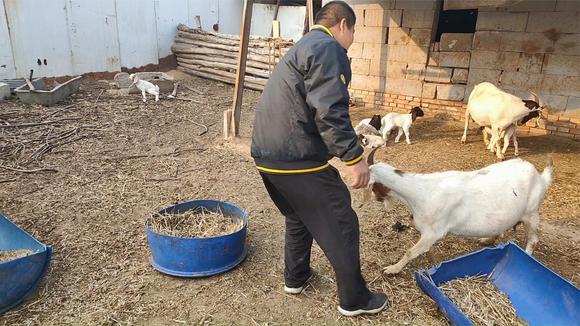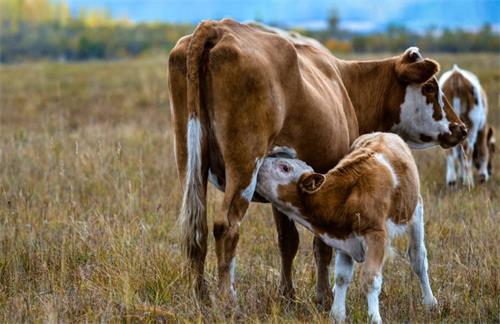The prevention and treatment of accidental miscarriage in ewes. If a sheep farmer encounters unexpected signs of miscarriage before the ewe's due date, such as abdominal pain, restlessness, arching the waist, frequent urination, and vaginal discharge of mucus or blood, it is a sign of miscarriage in ewes. The condition of the fetus can also be checked by B-ultrasound to determine whether it has miscarried. It is recommended that sheep farmers take emergency treatment measures in a timely manner.

The preventive effect of B-ultrasound on miscarriage in pregnant ewes at different stages
When pregnant ewes are 1-2 months old, due to the incomplete formation and integration of the fetal placenta and maternal placenta, it is more likely to cause miscarriage in ewes. Therefore, during grazing, ewes should be prevented from running, jumping, or running quickly. At this stage, pregnant and non pregnant ewes should be distinguished using B-ultrasound examination.
Pregnant ewes at 3-4 months of age should gradually reduce grazing intensity. When grazing and entering and exiting the pen, ewes should avoid crowding each other. During grazing, ewes should avoid walking on steep slopes and turning sharp turns to prevent twisting their abdomen and causing miscarriage. At the same time, they should avoid cold whips and sudden fright. They should not be allowed to graze in cold or hot weather, and should have 14-16 hours of rest and rumination time every day and night.
In the last month of pregnancy, the ewes should avoid remote grazing as far as possible. The sheep should use B-ultrasound to check the fetal condition and fetal heart beat. It is forbidden to drive the sheep to too high and steep slopes or rugged hills for grazing, so as to prevent the ewes from slipping and falling, and prevent the ewes from being attacked by storms, so as to prevent the ewes from miscarriage.








